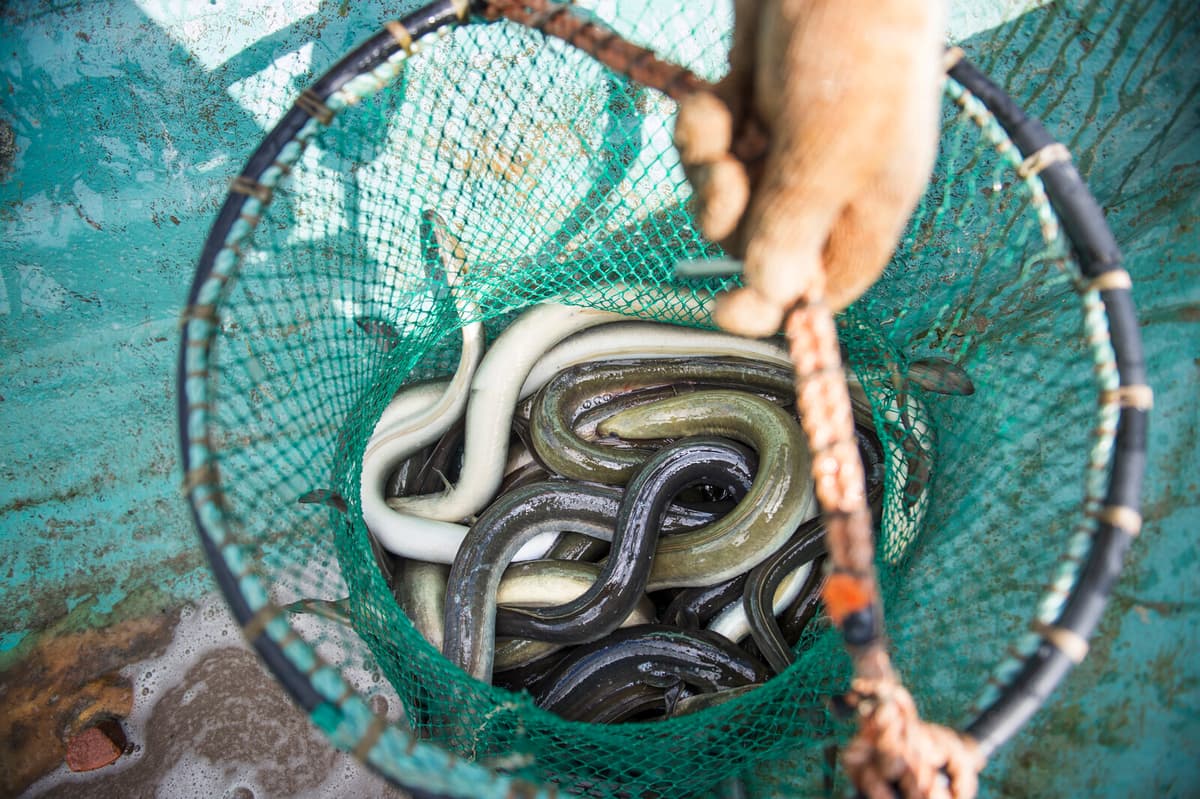In total, 23 eel traps have been seized at four different locations in the Karlskrona archipelago, in close proximity to each other both geographically and in time. The majority of the caught eels had been dead for a long time and the equipment was "packed to the brim", according to Mattias Jarde, preliminary investigation leader at the Coast Guard.
One can suspect that it has to do with sales, but it's just something we can speculate about, he says.
In one of the seizures, over 300 kilograms of eel were found. Two of the eel traps were so-called double eel traps, where several eel traps had been put together. The eel had been lying for so long that they had swelled and lifted the eel traps to the surface of the water.
They lay like large buoys on the surface, so you could see them from a long distance, says Mattias Jarde.
This amount in a single piece of equipment stands out. I have not experienced it before and now we have found two such cases in a short time, he continues.
Four separate preliminary investigations into crimes against the Fisheries Act have been initiated. The eel is acutely endangered and a general ban on eel fishing has been in place since 2007. In addition to the eel, other fish species and three dead otters were found in the equipment in question.
The Coast Guard often finds eel traps in the waters, but it is difficult to know how widespread poaching is. So far this year, 58 eel traps have been seized in Blekinge, Västra Götaland, Östergötland, and Kalmar counties.





